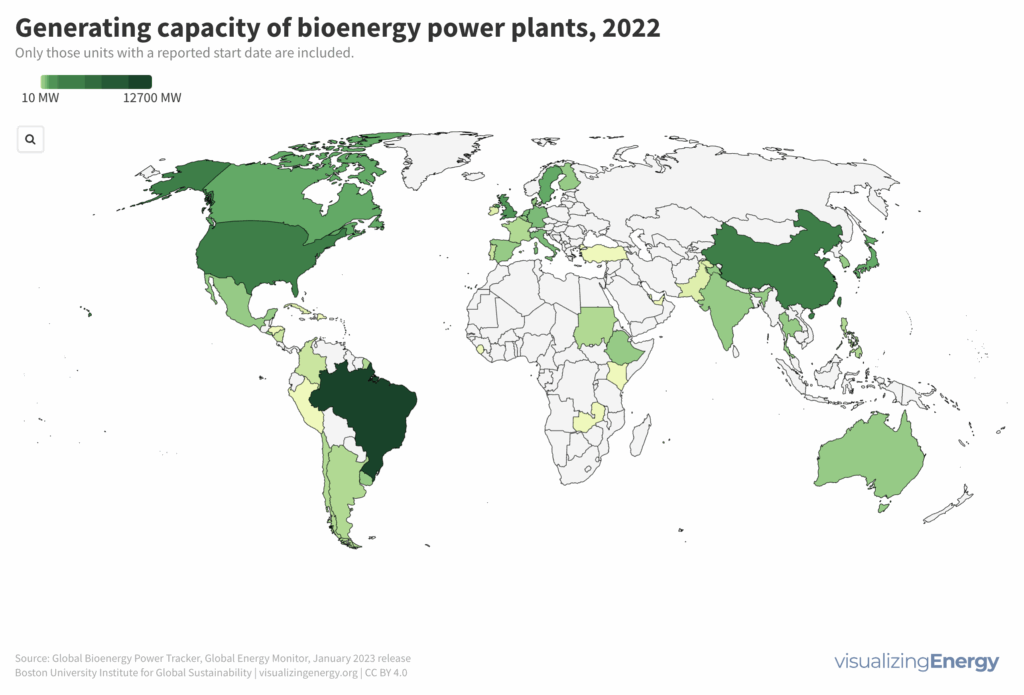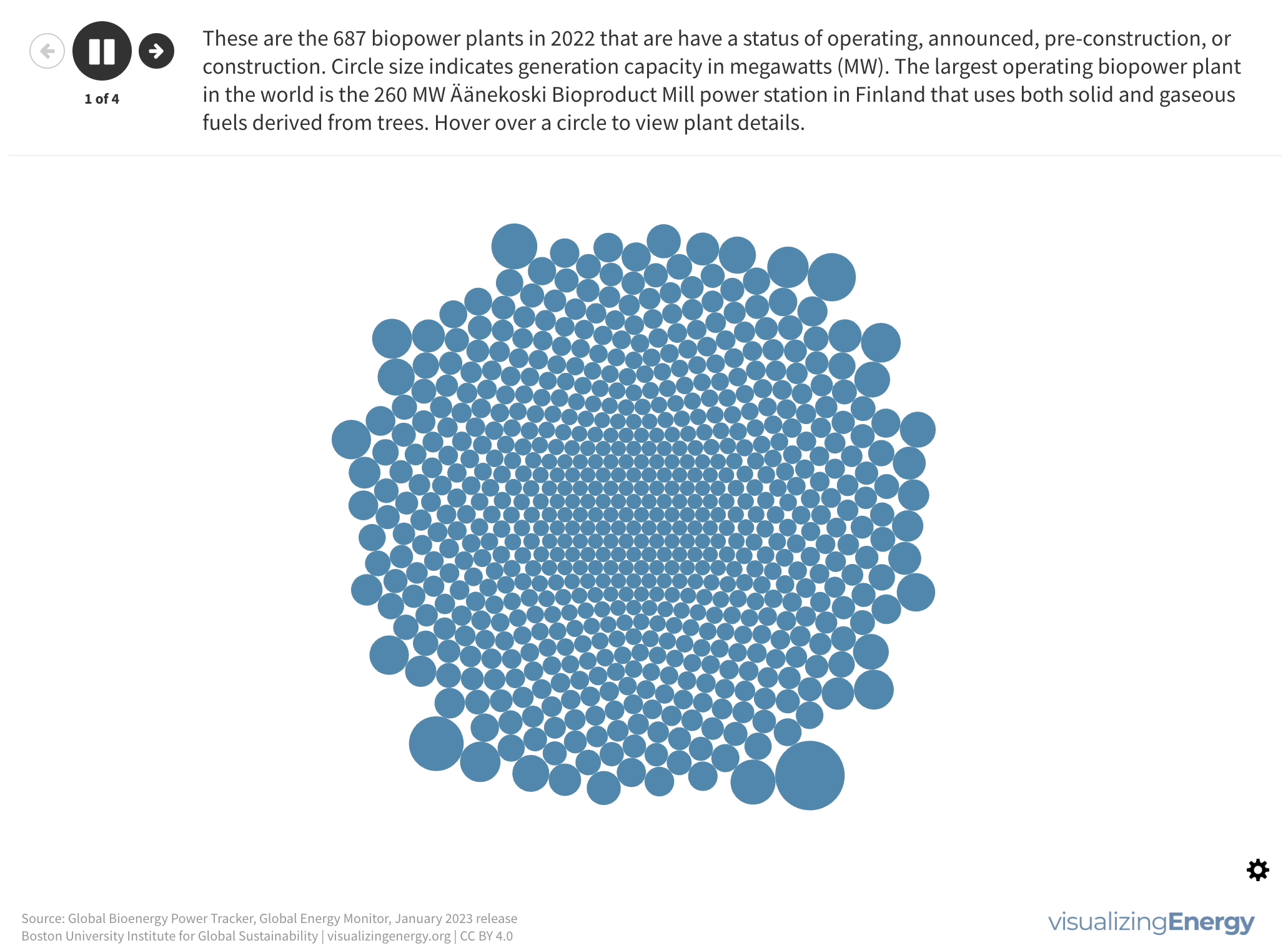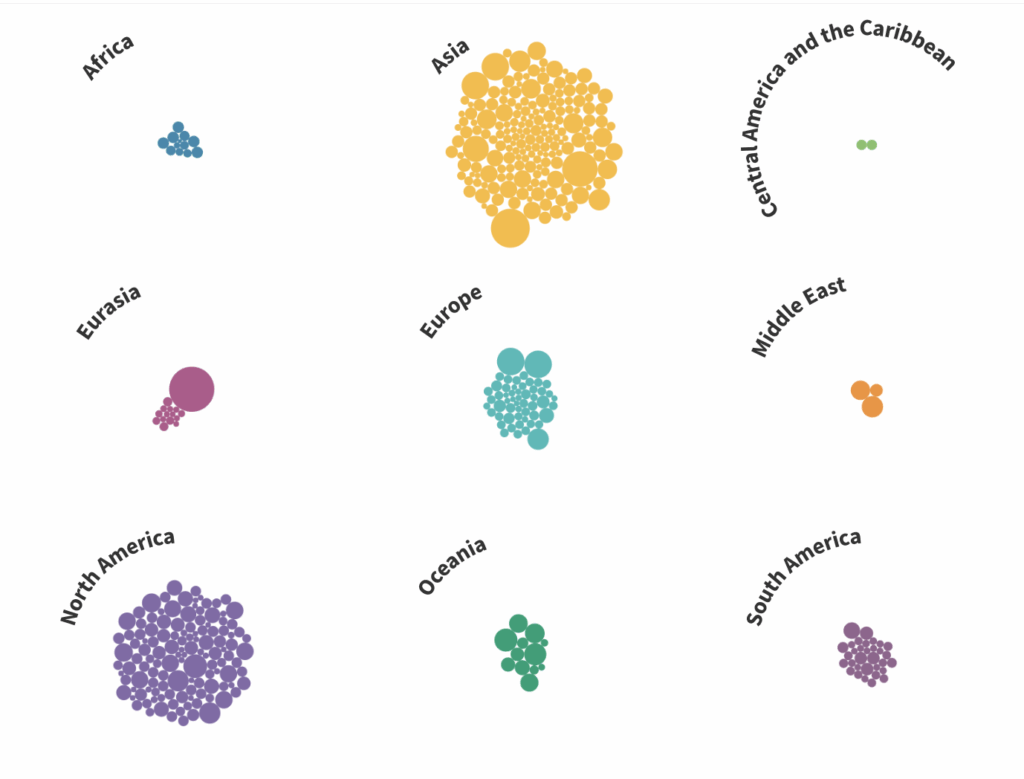Explore renewable fuels in the United States

In the United States, ethanol is mainly produced in the Midwest from corn, with Iowa, Nebraska, and Illinois leading in capacity. Ethanol is used as a fuel additive, with E85 being a high-level ethanol-gasoline blend used in flex-fuel vehicles. Biodiesel, made from vegetable oils and animal fats, is mainly produced in states with these feedstocks. Renewable diesel, chemically identical to petroleum diesel, is primarily used in California to meet emissions regulations.
What countries have the greatest bioenergy power capacity?

As of January 2023, 575 utility-scale biopower plants were operational globally, with a total capacity of over 29,000 MW, less than 0.5% of worldwide power generation. An additional 6,000 MW are under construction. China is believed to significantly underreport its true biopower capacity, perhaps as high as 22,000 MW, primarily from agricultural residues and waste-to-energy facilities. Brazil, another major player, relies largely on sugarcane byproducts.
Where are new biopower plants being built?

Biopower is the production of electricity from biomass-derived fuels, with significant growth in Brazil due to sugarcane-based ethanol byproducts, while in certain regions like the United States, Germany, and the United Kingdom, waste-to-energy facilities are used due to land constraints and landfill opposition.
Is wind energy a major threat to birds?

Concerns about wind turbines causing bird deaths are often exaggerated. Data shows that bird fatalities from wind turbines are relatively low compared to other causes like domestic cats and building collisions. When assessing the relative impact on bird mortality, wind energy appears less harmful than many other forms of electricity generation.
Where are new hydropower plants being built?

Hydropower’s history traces back to 1882 when the first facility began supplying electricity in Wisconsin. Its adoption surged across North America, Europe, and beyond, with China notably driving expansion in recent decades. Hydropower now contributes 17% of global electricity, surpassing nuclear, wind, solar, bioenergy, and geothermal combined.
What fuels are used in bioenergy power plants?

Biopower is electricity generated from renewable organic materials, such as plants and animals. Different countries rely on various biomass sources, including sugarcane, trees, and municipal waste, to produce biopower. However, the impact of biopower on climate change is complex. Despite being initially perceived as carbon neutral, the use of fossil fuels in bioenergy systems and the land requirements for biomass production can have significant environmental consequences.
Explore the world’s bioenergy power plants in 2022

The use of biomass by humans can be traced back at least 1 million years to the controlled use of fire. However, the generation of electricity from biomass, known as biopower, is a more recent development. One of the earliest biopower plants was the São José da Estiva power station in Brazil, which began operating in 1900.
Explore world solar power capacity added in 2020

In 2020, 437 new solar electricity projects worldwide added a total capacity of 38,941 MW. The largest project was the 1348 MW Karapınar YEKA-1 solar farm in Turkey. Asia, North America, and Europe were the main contributors to solar capacity, with China leading with 23% of the global additions.
Explore world wind power capacity added in 2020

In 2020, 938 new global wind projects added 75,812 MW, with the largest being the 1200 MW Hornsea offshore wind farm. Over 90% of new capacity came from onshore wind farms (76 MW average), while offshore farms averaged 283 MW.
Where is new wind power in the world being built?

The wind energy industry started in the 1980s in Southern California and several European countries. Today, the United States, Europe, and countries like India, Australia, Japan, Canada, China, and Brazil lead in new wind power capacity. Currently, wind power generates around 7% of global electricity, with onshore systems dominating but offshore capacity expected to grow in the future.
